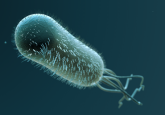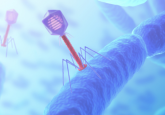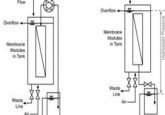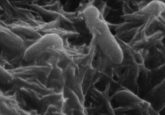Maple syrup extract boosts antibiotic action
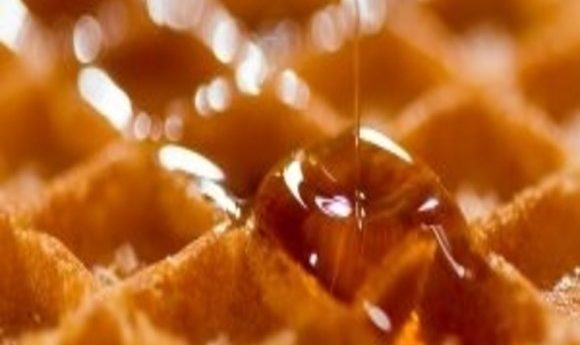
Through some sticky synergy, scientists are exploring a natural way to limit antibiotic doses.
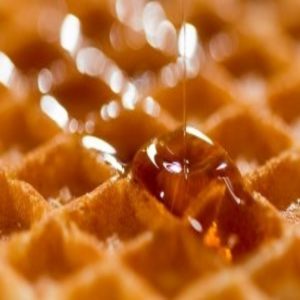
Although maple syrup may seem more appropriate for a breakfast buffet than the lab bench, researchers now suggest that it can increase antibiotic potency, reducing doses and limiting the rise of superbugs from indiscriminate use.
“Interestingly, we’re working below inhibitory concentrations, so the extract alone [is] essentially harmless to bacteria,” explained lead researcher Nathalie Tufenkji at a press conference. “In that sense, bacteria are potentially less likely to develop resistance to this group of molecules.”
Tufenkji originally studied the antimicrobial use of cranberry extracts but soon became interested in unpacking the folk medicine of native Canadian communities, who have used maple syrup to combat infection for centuries. She sent her postdoc to the store for some syrup, then prepared a phenolic-rich extract (PRMSE) from the sticky stuff.
Tufenkji applied to extract to several disease-causing bacteria, but noticed no effect. Instead of giving up, she switched to a paired strategy to determine if the extract could make common antibiotics like carbenicillin and ciprofloxacin more potent. When mixed with either drug, PRMSE acted synergistically against Gram-negative strains of Escherichia coli, Proteus mirabilis, and Pseudomonas aeruginosa. One component, catechol, exhibited the strongest synergy.
“This maple syrup extract has a multi-modal action against the bacteria. It really attacks different mechanisms,” said Tufenkji. For example, PRMSE both permeabilizes the bacteria’s cell membrane and knocks out multi-drug efflux pumps, creating up to a 97% decrease in the dose of antibiotic needed to halt bacterial growth. “I think we can get to higher numbers across the range of bacteria and antibiotics if we can optimize the composition of the extract,” noted Tufenkji.
Tufenkji presented her preliminary characterization based on experiments in fruit flies and moth larvae at the American Chemical Society’s National Meeting earlier this month. She and a collaborator are now testing the extract in infected mice.
“Antimicrobial compounds produced by bacteria and fungi tend to be more specific and potent,” commented biochemist Gerard Wright from McMaster University, who was not involved in this study. “Plants instead often make weaker compounds with broader specificity, offering perhaps more versatility in dealing with pests.”
This pilot-scale study could affect future antibiotic preparations. Long-term, Tufenkji envisions either a combined syrup extract/antibiotic formulation or an accompanying pill alongside a prescribed antibiotic.

